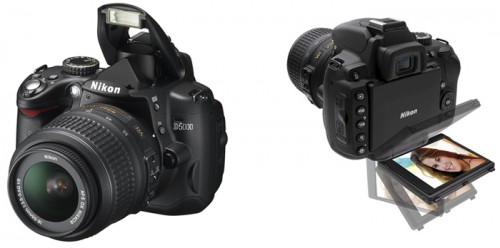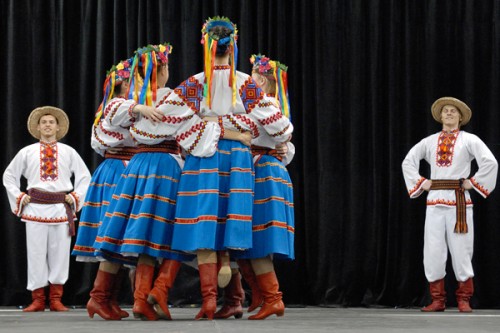Q and A: What’s the difference between the new Sigma 10-20 mm f/3.5 lens and the original?
Question
Is there really a difference in performance and innovation between the new Sigma 10-20 mm f/3.5 and the original 10-20mm f/4 lens. The latter is much more affordable. Is the difference of several hundred dollars justified? R. P.
Answer
Yes, the newer model is more expensive (though only by $170), but do note that the maximum aperture is a constant f/3.5 at all focal lengths. The other Sigma 10-20mm zoom does not have a constant maximum aperture; it’s an f/4-5.6 lens. In other words, the widest aperture is quite similar at very short focal lengths, but with the older lens, it diminishes to a smaller f/5.6 as you zoom toward the 20mm end.
That is the primary benefit of the 10-20mm f/3.5 lens and it would be important for photographers who often shoot in low light, without flash or a tripod. Granted, even f/3.5 is not an extremely wide aperture and we often shoot at f/11 to f/16 with an ultra wide angle lens (for extensive depth of field). On the other hand, the wider aperture at longer zoom settings can make the difference between the need to use ISO 800 (at f/3.5) versus ISO 1600 (at f/5.6) in a very dark location. And as you know, every camera produces superior image quality at a lower sensitivity setting.
If you don’t often shoot in very low light, the good news is that the original Sigma 10-20mm f/4-5.6 EX DC HSM lens is excellent; you should be perfectly happy with that model. It’s also smaller and 8 ounces lighter (because of the smaller maximum apertures) and accepts smaller/more affordable 77mm vs. 82mm filters.
Granted the more expensive f/3.5 lens has some other benefits. (more…)

